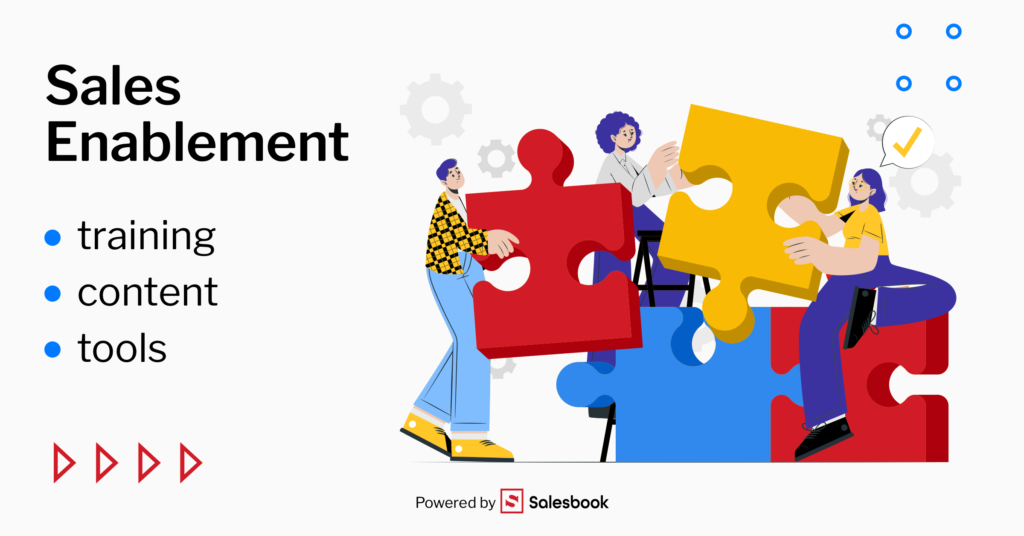Marketing Automation: What It Is and How It Works

Marketing automation has become an everyday reality for companies looking to increase the number of potential customers, shorten sales cycle, and measure the effectiveness of marketing activities more precisely than ever before.
According to The Ultimate Marketing Automation Stats report by EmailMonday, 51% of companies are already using marketing automation, and another 58% plan to implement it in the near future. On average, companies see a 14.5% increase in sales productivity and a 12.2% reduction in marketing costs thanks to automation.
In this article, you’ll see how marketing automation works in practice, discover proven tools, and explore inspiring examples from Spotify, Sephora, and Airbnb. Time to see how technology can help you sell more effectively.
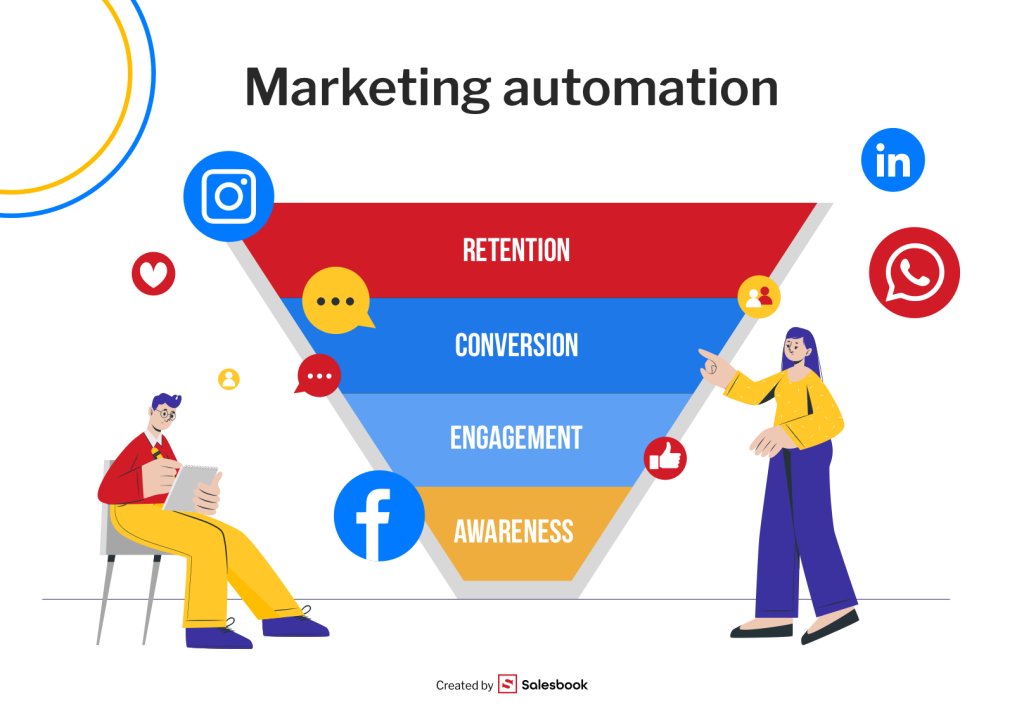
Marketing Automation — What It Really Means for Business Today
For many companies, marketing automation today is what the first CRM used to be: at first it feels like a luxury, but once implemented, it’s hard to imagine working without it. It’s the way to turn marketing campaigns from a chaotic set of “actions” into a well-oiled funnel — with data, processes, and tools connected into a single system that not only attracts potential customers but guides them through each stage with surgical precision.
Marketers are clear about it: there’s no time for manually hammering out email campaigns, refreshing Excel sheets, or posting “by feel.” Marketing process automation allows for always‑on campaigns, real‑time data analysis, and reacting to customer behavior before they even think about contacting the competition.
In practice, it looks like this: a lead comes in from a campaign, the system automatically assigns a score, segments it based on activity, and places it in the right nurture flow. Marketing teams can finally focus on more than firefighting — they can test creatives, optimize funnels, and keep a close eye on CAC and CTR.
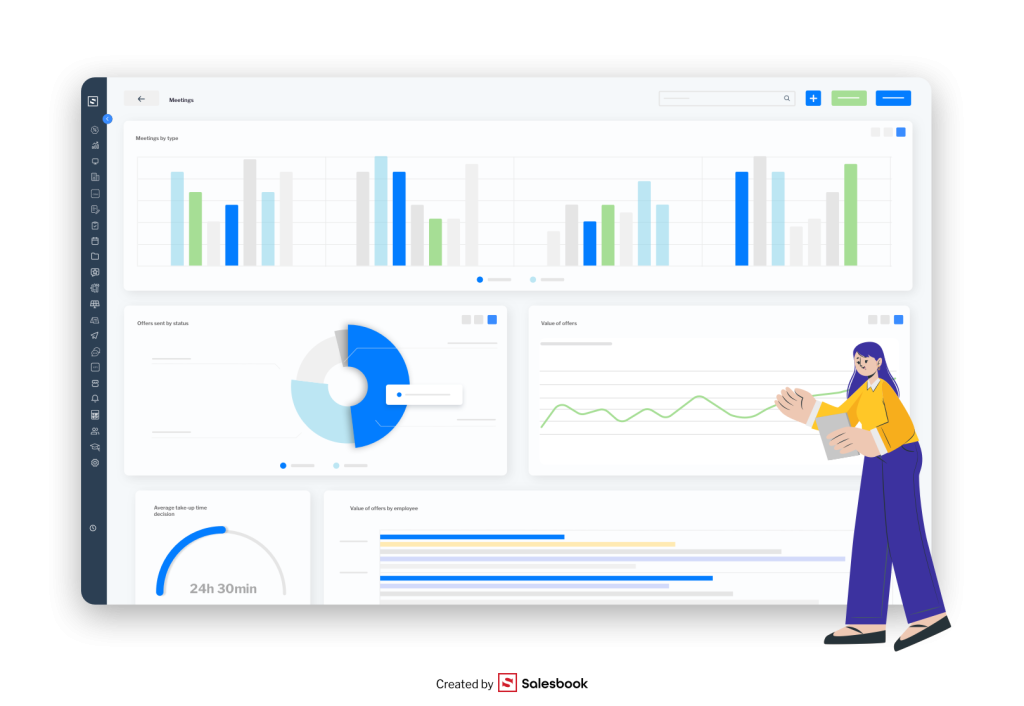
Why Implement Marketing Automation Before Your Competitors Do?
The market won’t wait. Neither will your customers. If you don’t react in time, someone else will — and they’ll take the leads right out from under you. Marketing automation gives you an edge because it allows you to anticipate competitor moves. Instead of simply responding to inquiries, you can act proactively — offering solutions when potential customers are at their “hottest.” It’s not magic, it’s well‑configured marketing campaigns triggered by collected data to engage at exactly the right moment.
Marketing automation not only shortens the time it takes to reach a customer but also increases conversion rates. How? By automating processes that previously took hours: from sending emails to scheduling social media posts, lead scoring, and remarketing.
Companies that adopt automation tools earlier than their competitors gain more than just a technological advantage. They also gain a perception advantage: they operate faster, more personally, and far less clumsily than the rest of the market. They stop looking like a brand that spams customers en masse and instead engage in dialogue based on data analysis and an understanding of the customer journey.
Whoever implements marketing automation first takes the initiative in the market. And a marketing automation system helps maintain that lead by guiding customers through the funnel without losses or unnecessary delays.
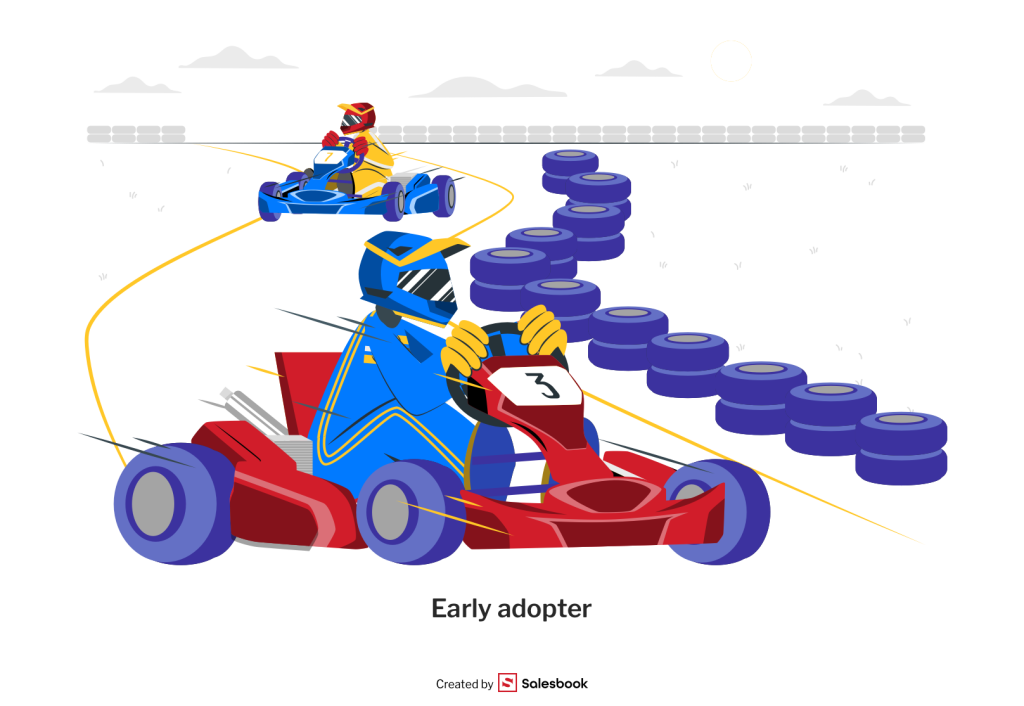
With Marketing Automation You Can Do More, Faster, and for Less — But How Does It Work in Practice?
With marketing automation, companies stop losing leads and wasting time on manually sending emails, compiling reports, or posting updates. It’s technology that gives teams the tools to do more — in less time and with a smarter allocation of budget.
In practice, here’s how it works: a marketing automation system collects data on user behavior across your website, online store, app, or social media channels, and then automates every next step in the funnel. From the first touchpoint, through personalized messages, to follow‑ups for potential customers who just need a little more time before clicking “buy now.”
For example: a user visits your site, browses an offer, and abandons their cart. Through marketing automation, the system automatically tags them as a “hot lead,” sends a reminder with a discount, and delivers content tailored to their previous clicks. Meanwhile, you can focus on planning your next marketing strategies instead of manually tracking who disappeared from the site and when.
Companies that implement process automation see not only time savings but also higher effectiveness of their marketing activities. McKinsey research shows that data‑driven personalization and automation increase conversion rates by an average of 10–15% and revenues by as much as 20%.
Good marketing automation software today can even automate content marketing — creating consistent communication flows and delivering materials tailored to user preferences and demographic data.
In short:
- Marketing automation = less manual work, more conversions, greater control over all activities.
- The funnel runs itself, but based on real data — not guesswork.
- The team finally has the bandwidth to analyze data and refine marketing strategies instead of putting out fires.
All of this means that process automation has stopped being “an option” for IT geeks and has become the foundation of everyday work for marketing departments.
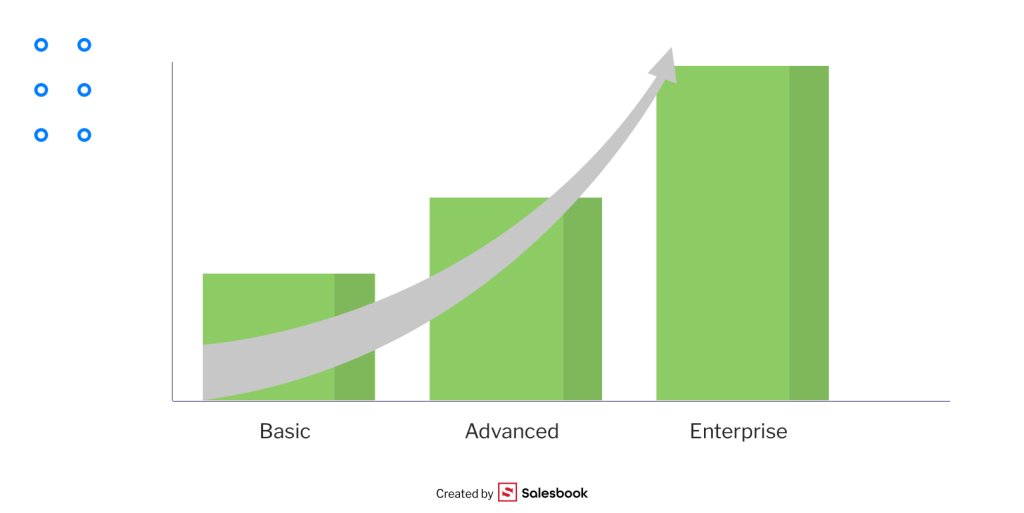
The Biggest Myths and Facts About Marketing Automation
Marketing automation is a topic surrounded by plenty of myths. No surprise — it can sound like a kind of black magic: “it sends itself, it optimizes itself.” Let’s clear the air and separate the buzzwords from what actually works.
Myth 1: Automation does everything for me
Fact: Automation won’t replace strategy, creativity, or common sense. It’s not an autopilot that “does marketing” on its own. It’s a set of processes and technologies that speed up and simplify your work — but they require clear goals and a well‑thought‑out concept. Without them, even the best marketing automation software will only replicate existing mistakes in your communication.
Myth 2: Automation means mass spamming
Fact: Properly configured automation enables sending personalized offers that match the individual preferences of your audience. It’s not “batch and blast,” but precise targeting based on data that identifies the needs of different audience segments and speaks their language.
Myth 3: It’s just email marketing
Fact: Automation covers far more than mailing. It also supports remarketing, creating advertising campaigns, posting on social media, lead scoring, cart abandonment reminders, and even customer onboarding. When combined with analytical tools, automation allows you to assess campaign effectiveness and respond to results almost instantly.
Myth 4: It’s not worth the investment
Fact: Numerous studies show that automation delivers tangible results, including increased sales, higher email click‑through rates, and greater customer loyalty. HubSpot reports that companies using automation see, on average, a 14.5% increase in sales productivity and a 12% reduction in marketing costs.
Myth 5: I don’t have the time or people to implement it
Fact: That’s exactly why automation exists. Well‑chosen marketing automation tools lighten the load for your team, enabling even a small department to run campaigns like a major player. After the initial implementation and calibration, automation allows you to focus on the creative side of the job instead of wasting time on manual email sends and report building.
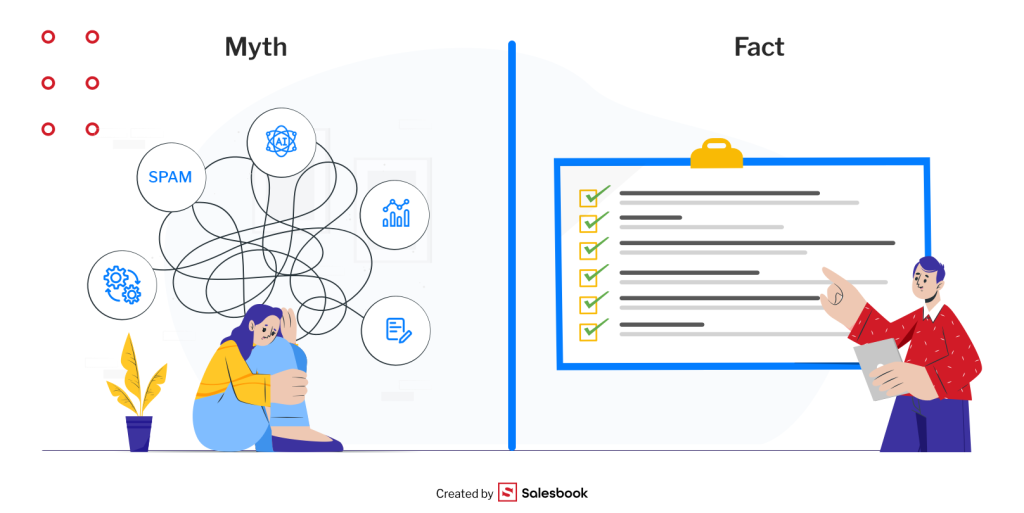
How to Plan Marketing Process Automation Without Losing Control
Many companies approach automation implementation as if it were a “magic box” — they install a marketing automation system and then wonder why the number of potential customers isn’t growing and the effectiveness of marketing activities isn’t improving. The truth is, marketing automation only becomes truly effective when you plan the process step by step.
Step 1: Start with strategy, not tools
Before jumping into any marketing automation software, you need a clear marketing automation strategy. Ask yourself: how exactly do you want to use automation in your company? Are you aiming to accelerate lead nurturing, improve customer retention, or streamline repetitive marketing tasks that drain your team’s time?
Define measurable KPIs. For example, is your goal to increase the number of potential customers, improve the ROI of your marketing campaigns, or free up 20% of your marketing team’s time? Your strategy should also connect with broader marketing strategies and your customer journey — from first interaction to long‑term loyalty.
A good starting point is to map your customer lifecycle and identify where automation can reduce friction. In B2B marketing automation, this might mean setting up triggers for when a lead reaches a certain score; in e‑commerce, it could mean automating upsell and cross‑sell messages after a purchase.
Step 2: Organize your data and customer base
Effective marketing automation platforms are only as good as the customer data you feed them. Don’t dump every contact into the same list. Segment based on demographics, behavior, and stage in the customer journey.
Clean, well‑structured data allows you to align the right content with the right audience. This helps you run precise marketing campaigns across multiple channels — email, social media, and more — and ensures that your automation doesn’t waste resources targeting the wrong people.
Consider integrating your automation system with customer relationship management (CRM) tools like Salesbook. This ensures that sales and marketing have a shared view of leads and can better align marketing with sales follow‑up.
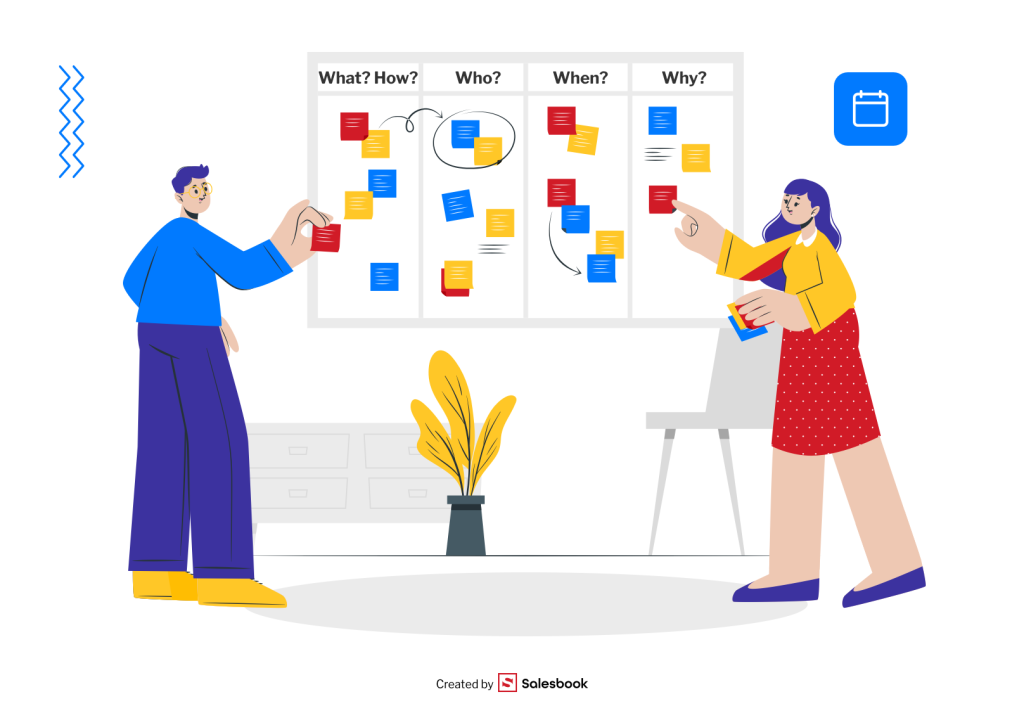
Step 3: Design processes and workflows
Start small. Automate high‑impact, repetitive tasks first: welcome emails, abandoned cart sequences, and post‑purchase thank‑you messages. These quick wins show the benefits of marketing automation early and build internal confidence in the system.
As you gain experience, move to more complex workflows that adapt to real‑time behavior. For example, if a lead downloads a whitepaper, they can automatically be moved into a nurturing flow with related resources, case studies, or webinar invites. This type of campaign management works across multiple marketing channels and supports a consistent customer journey.
Step 4: Choose technology to match your needs
Don’t pick the priciest marketing automation platform just because it’s “enterprise‑level.” Focus on features that match your marketing tasks and goals:
- Does it offer advanced segmentation and analytics?
- Can it handle inbound marketing and lead scoring?
- Does it integrate with your current CRM and other marketing channels?
Look for solutions that support optimization of marketing activities and connect seamlessly with marketing funnel tracking. Many leading marketing automation software options, such as Salesforce Marketing Cloud, HubSpot, and Marketo, also come with built‑in advanced analytics tools for measuring and improving performance.
Step 5: Test and optimize
Automation is not “set and forget.” Every workflow needs constant attention. Monitor KPIs such as open rates, CTR, and conversion rates to evaluate the effectiveness of your marketing automation strategy.
Regular testing and optimization of marketing activities allow you to adjust to market changes and customer needs faster than competitors. For example, A/B test subject lines for email campaigns or adjust message timing in line with your audience’s time zones.
Remember: automation should enhance human decision‑making, not replace it. A well‑optimized setup frees your marketing specialists from manual, repetitive tasks so they can focus on creativity, innovation, and building meaningful customer relationships.
Well‑designed marketing automation doesn’t take control of your communication away from you — it organizes it and gives you room for better decisions. The key is preparation and understanding that implementation is a process, not a “one‑click” solution. Once everything is in sync, you’ll get what you’re aiming for: more leads, greater efficiency, time savings, and a clear advantage over competitors who are still doing everything manually.
Marketing Automation Tools — How to Choose the Best for Your Team
Choosing a marketing automation tool is a bit like buying gear for a chef: it can be top‑of‑the‑line, but if it doesn’t match your needs and skills, the results will be underwhelming.
First, determine what your team really needs:
- Do you want to generate more potential customers?
- Do you need CRM integration and better funnel management?
- Or is your priority saving time and automating repetitive tasks?
For small teams, the key is to choose a tool that’s intuitive and doesn’t require weeks of onboarding. In large organizations, the priorities will be flexibility, scalability, and data security. Don’t be afraid to use trial versions and compare a few options in practice — it’s better to test them yourself than rely solely on rankings.
Marketing Automation Tools — From Simple to Advanced: Which Will Work for You?
The market offers everything from lightweight “out‑of‑the‑box” solutions to fully‑fledged enterprise platforms.
Simple and easy to use:
- Mailchimp — perfect for beginners, with an intuitive interface and basic automation workflows.
- Brevo (formerly Sendinblue) — great for small businesses and e‑commerce, affordable, with SMS and marketing automation features.
Mid‑tier — more features and integrations:
- ActiveCampaign — for companies ready for advanced segmentation and sales funnels.
- HubSpot Marketing Hub — an all‑in‑one marketing automation software ideal for B2B and content‑driven teams.
Advanced — for enterprise and high volumes:
- Marketo Engage (Adobe) — powerful but requires a dedicated team and a thorough implementation process.
- Pardot (Salesforce) — for companies already in the Salesforce ecosystem that need full synchronization.
Ultimately, the best tool for you is the one that solves your specific problems — not the one with the longest list of features “on paper.”
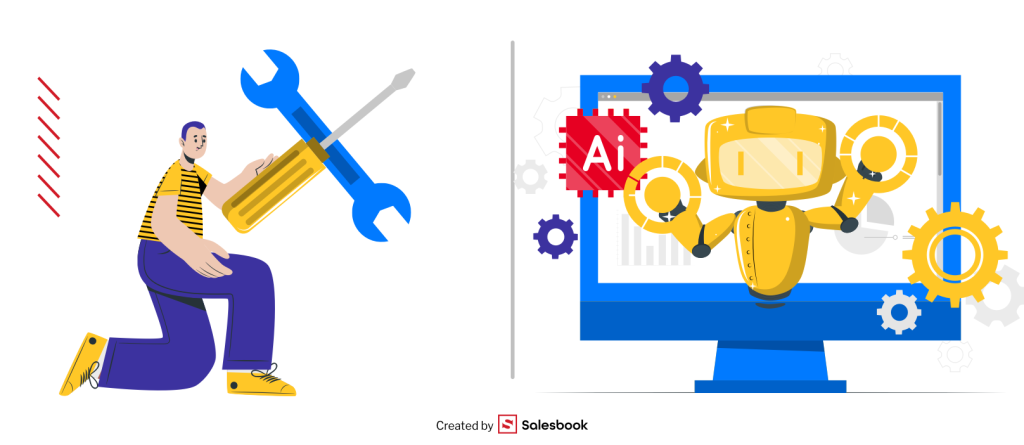
Marketing Automation Tools and Integration with CRM and Sales
Marketing automation and CRM are like the two poles of a magnet — they can work separately, but together they generate real results. Without integration between marketing automation software and your CRM, leads often get lost, and marketing and sales teams end up working in silos.
Good tools should let you track every stage of the customer journey in one place — from the first click, through lead scoring, to closing the sale. This makes it possible to analyze funnels in real time, optimize the effectiveness of marketing activities, and improve collaboration with sales reps.
Salesbook is a great example of a platform that integrates seamlessly with external marketing automation systems. It synchronizes data on leads, their activity, and funnel status, so marketing and sales not only “know what they’re doing” but can plan their next steps based on the same data.
This kind of end‑to‑end connection allows you to deliver results and prove that marketing automation really works — with everything clearly visible in reports and dashboards.
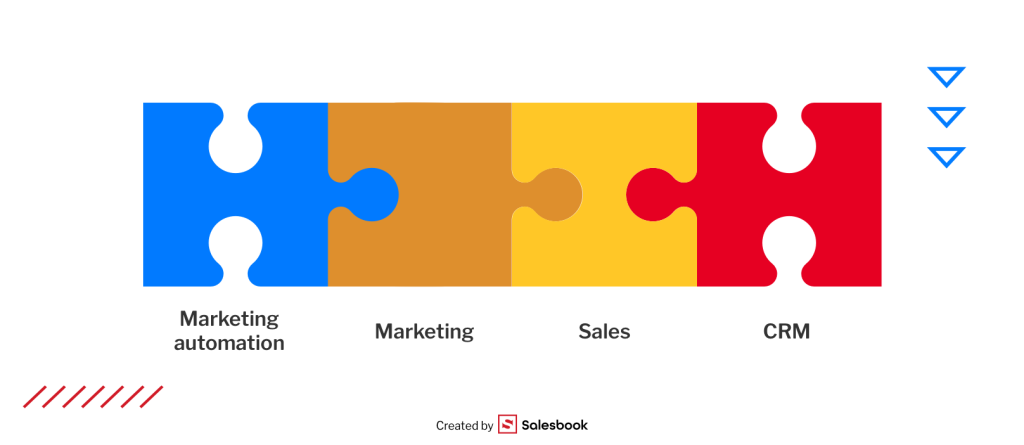
How to Measure the ROI and Effectiveness of Marketing Automation to Convince the Board
Executives don’t buy into “pretty dashboards” or the “magic of automation.” They buy results. That’s why, before you present the outcomes of your implementation, make sure you’re tracking the right metrics — the ones that can be translated into revenue or cost savings.
1. Calculate the cost of acquiring leads and how many you generate
Compare the cost of generating potential customers before and after implementing automation. If your CPA (cost per acquisition) decreases while the number of leads increases, you have a solid argument.
2. Show how much time you save
Automation reduces the time spent on repetitive tasks — such as sending campaigns, scoring, and reporting. Track the hours saved and convert them into team labor cost savings.
3. Highlight increases in conversion rates and revenue
Measure how much the following have grown:
- The lead‑to‑customer conversion rate
- Average order value
- Sales growth during the measured period
Compare quarter‑over‑quarter results and show the trend. This data will clearly demonstrate the impact of marketing automation on business performance.
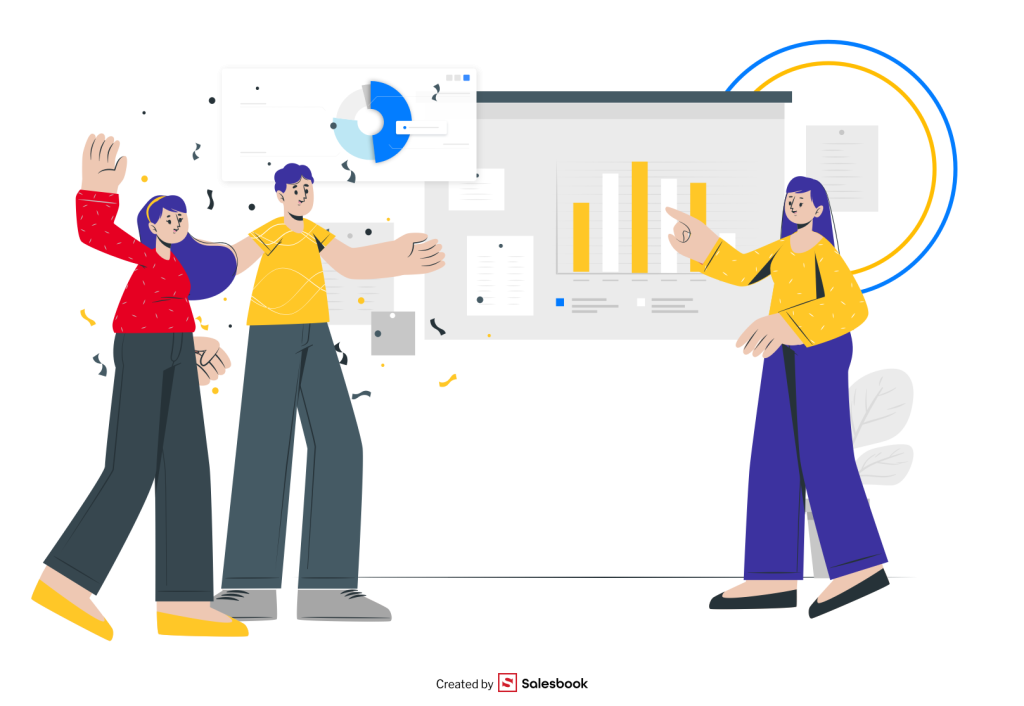
4. Monitor the Effectiveness of Marketing Activities
Track KPIs such as:
- Open rate, CTR, and lead‑to‑deal ratio
- Funnel value at each stage
- Time to move through the funnel
These metrics will prove that automation is increasing marketing effectiveness — not just “looking good” on paper.
5. ROI in Numbers
The simplest formula:
(Revenue attributed to automation – Cost of automation) / Cost of automation × 100%.
For a complete picture, also include “soft” benefits: faster customer decisions, improved cross‑department collaboration, and higher retention rates. Summarize the data in one clear slide and show the trend — more leads, lower costs, higher revenue. That’s the language every board understands.
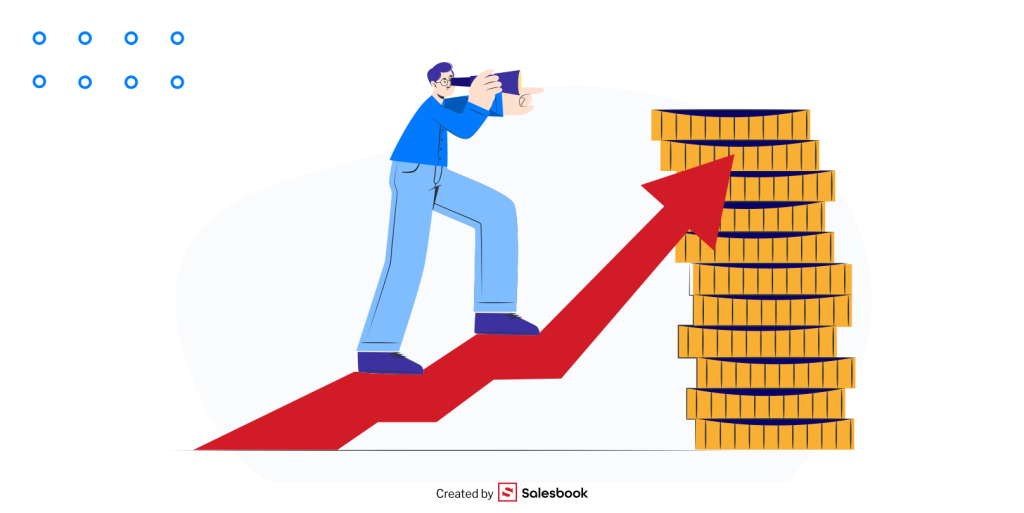
Case Studies — Who Gained the Most from Marketing Automation?
Nothing convinces a board or a marketing team more than hard, real‑world examples. When you can clearly demonstrate the benefits of marketing automation, it becomes easier to secure budget, align stakeholders, and inspire internal adoption. The following three companies show how an effective marketing automation setup — powered by the right marketing automation software and a clear marketing automation strategy — can deliver tangible results in different industries.
Spotify — A Global Social Media Viral
With its annual Spotify Wrapped campaign, built on user data and smart workflows within marketing automation platforms, Spotify transformed behavioral insights into shareable stories. Using advanced segmentation and relevant content delivery, the company generated over 400 million social media interactions in 2023 and increased the number of active users.
This campaign shows how combining social media marketing with personalized automation can drive brand advocacy and lead generation without heavy ad spend. Every user received a personalized year‑in‑review — content so compelling that it encouraged organic sharing and deepened engagement.
Sephora — More Loyal Customers and Higher Cart Value
Sephora leveraged marketing automation software to send targeted offers based on purchase history, browsing behavior, and individual preferences. By combining automated product recommendations with email marketing automation, they were able to nurture qualified leads into repeat buyers.
The results speak for themselves: an increase in average cart value and a strong boost in customer loyalty. This is a prime example of how marketing automation platforms can enhance operational efficiency — enabling personalization at scale while freeing the marketing team from repetitive manual work.
Airbnb — Hyper‑Personalization at Scale
Airbnb uses a sophisticated marketing automation strategy to segment its global audience and deliver relevant content based on location, previous searches, and seasonality. Automated triggers ensure that travelers receive timely recommendations aligned with their booking habits and interests.
This approach has led to higher email CTRs, stronger engagement in the app, and more bookings. It’s a textbook example of how effective marketing automation can connect the dots between data, personalization, and business outcomes — maximizing marketing productivity and ROI.
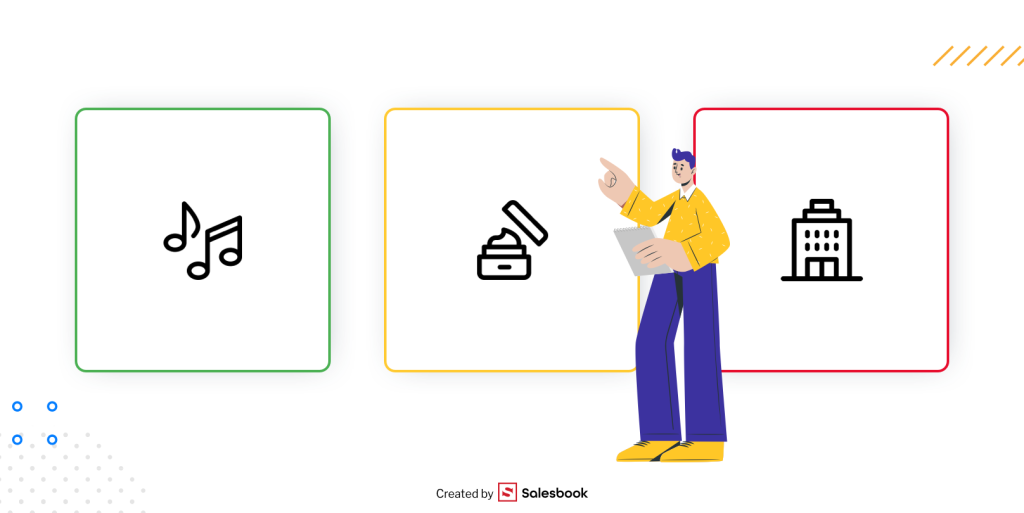
The Future of Marketing Automation — What to Prepare for Today
Marketing automation is evolving faster than ever, and what feels like an advanced tactic today will soon be the standard. Companies that anticipate these shifts and adapt early will be the ones shaping their industries.
More AI, Less Manual Setup
Artificial intelligence is becoming a core driver of marketing automation, moving beyond simple rules‑based triggers. Future platforms will use AI to predict customer actions, recommend the best moments to engage customers, and automatically create campaigns that are tailored to the specific needs of your target audience.
We’ll see smarter lead management capabilities, where AI evaluates account level customer profiles in real time, helping sales teams prioritize high‑value opportunities without sifting through endless spreadsheets.
Hyper‑Personalization
Demographic segmentation is no longer enough. Tomorrow’s leaders will integrate customer experience mapping into their marketing automation systems, using behavioral signals, context, and even emotional cues to craft targeted campaigns that feel genuinely personal.
Instead of generic newsletters, brands will deliver ad campaigns and social media posting tailored to micro‑segments — creating a seamless experience that speaks to the individual, not the crowd.
Omnichannel and Integration
The line between channels will blur completely. Email, social media, ad campaigns, SMS, and physical touchpoints will merge into a unified ecosystem. This will allow marketers to create campaigns that follow the entire customer journey, from the first touch in a social media ad to a personalized follow‑up email and an in‑store experience.
Marketing automation tools will automatically coordinate social media posting, digital ads, and offline interactions, ensuring brand consistency and optimal timing across every interaction.
Automation + Predictive Analytics
The future lies in predictive intelligence: knowing not just who to target but when and how. Platforms will forecast conversion probability, adjust targeted campaigns in real time, and allocate budget dynamically for maximum ROI.
For example, predictive systems might recommend pausing an underperforming ad set while automatically launching a retargeting campaign to a high‑intent segment — all without manual intervention from the marketing team.
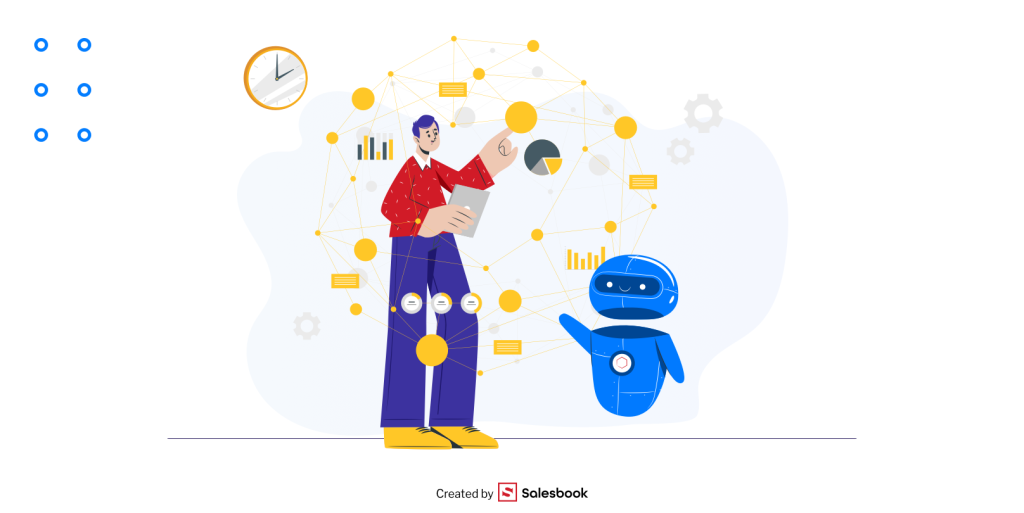
The future of marketing automation will be defined by AI‑driven decision‑making, deeper integration between channels, and a sharper focus on delivering hyper‑personalized, data‑driven experiences that engage customers at every stage of their journey. Companies that prepare now — by improving data quality, building complete account level customer profiles, and aligning sales teams with marketing — will be ready to lead, not follow.
How to Start Smart — and When It’s Really Worth Implementing Marketing Automation
If you’ve already launched your first digital marketing campaigns, your contact database is expanding, and your team is increasingly voicing frustration over lack of time or chaotic communication, it’s a clear sign to evaluate how marketing automation software can transform your marketing efforts.
The beauty of this technology lies in starting small and building up. Begin with simple yet high‑impact workflows:
- Automated email campaigns such as welcome sequences for new subscribers.
- Lead scoring to prioritize your target audience and focus on personalized buyer engagement.
- Abandoned cart reminders to recover lost sales opportunities.
As your processes mature, expand into more advanced scenarios — integrating your marketing software with CRM and sales systems, connecting email marketing technology with social media platforms, and synchronizing with digital advertising tools to create a seamless flow of marketing content across the entire customer journey.
Remember, marketing automation makes it possible to deliver the right message at the right time to the right audience — but it’s not a “magic wand.” It’s a strategic capability that, when implemented thoughtfully, frees your team from repetitive manual tasks and allows them to focus on what truly drives marketing performance: strategy, creativity, and meaningful customer relationships.
The most successful businesses use automation to align messaging across all channels — digital marketing, social, email, and paid media — ensuring consistent touchpoints that boost engagement and maximize marketing ROI.
Ultimately, the best‑implemented system isn’t just the one that “runs” without constant supervision. It’s the one that empowers your marketing team to make smarter decisions, deliver high‑value content, and look at performance dashboards with satisfaction instead of stress.
Table of Contents





